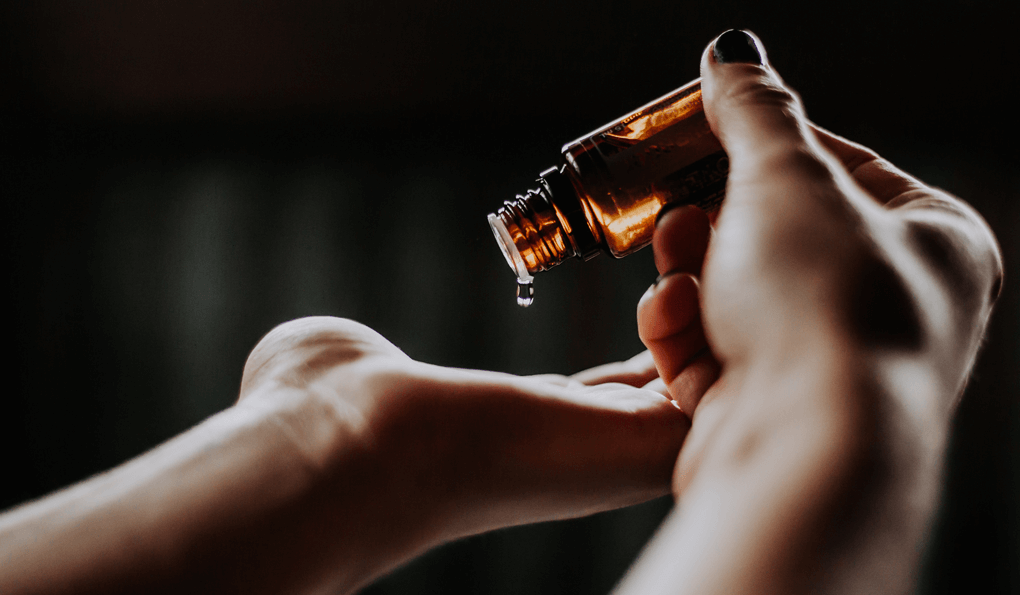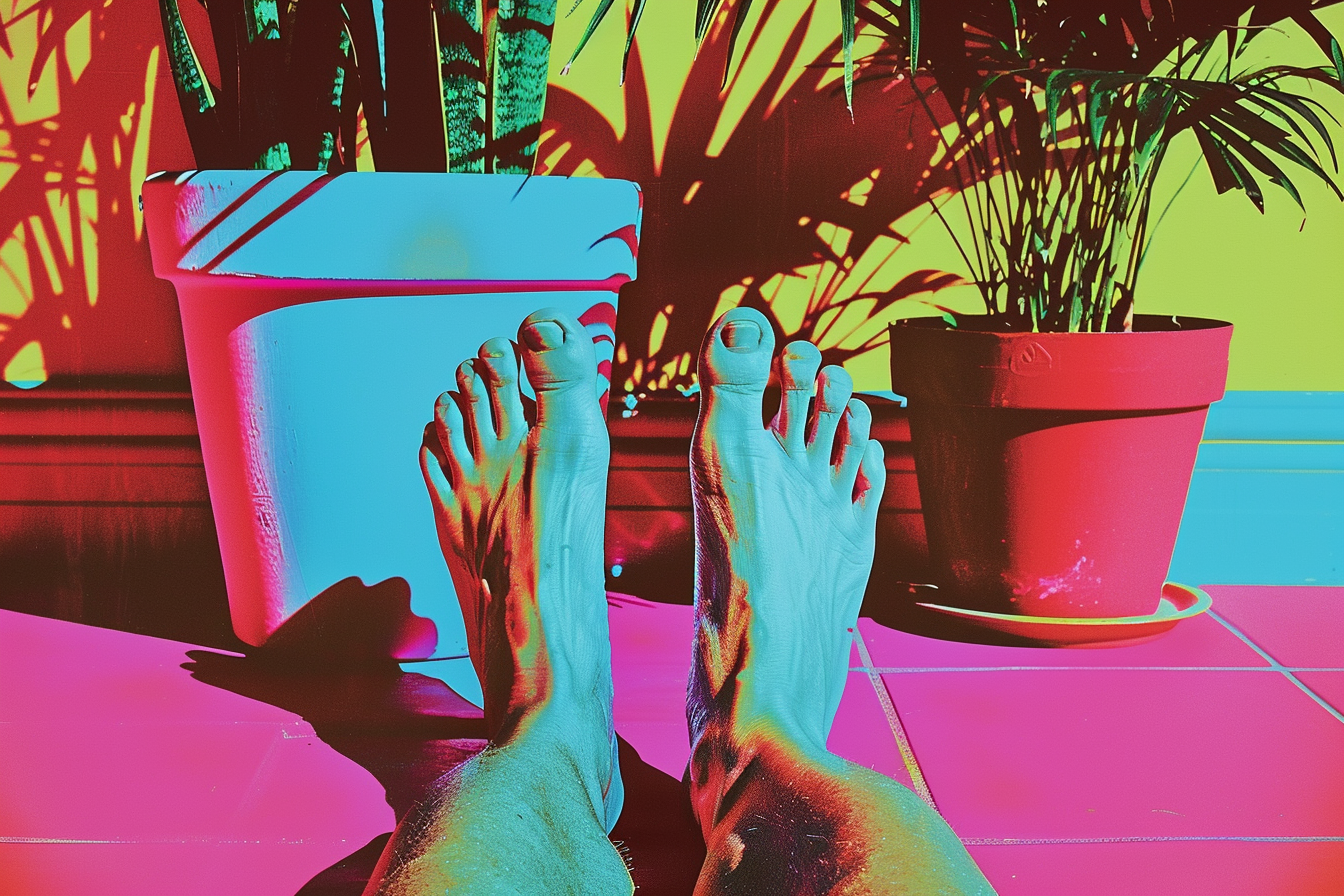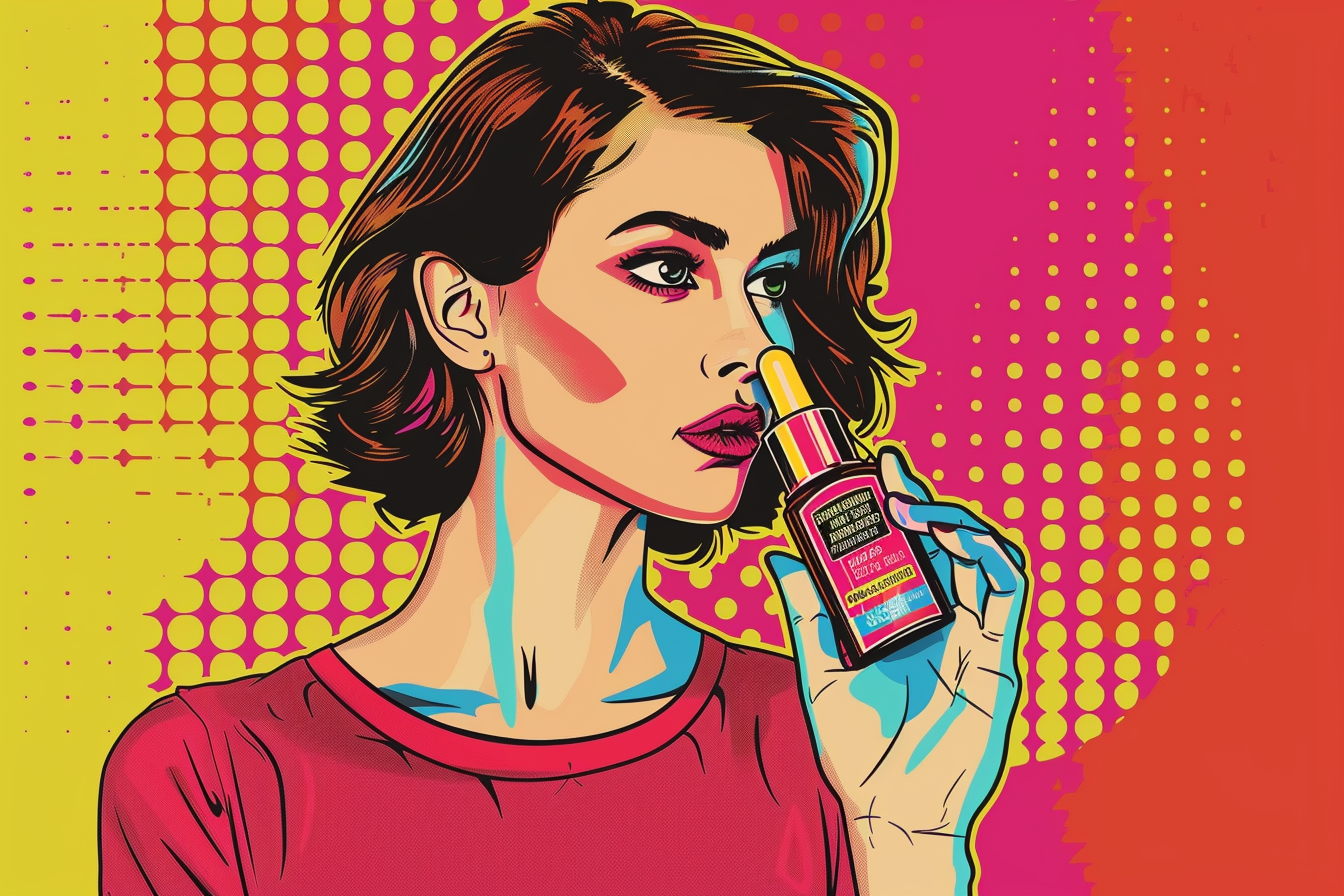
Fragrance has the power to evoke strong emotions, stir up treasured memories, enchant potential mates—and even help us relax into sleep. And since no one in the world is exactly like you, the fragrances you wear should be as unique and fascinating as you are.
If you’ve never tried creating your own personalized fragrances using essential oil scents, here’s everything you need to know about using fragrance oils to create quick scented spritzers and sophisticated, lasting perfumes.
The Trouble with Commercial Perfumes
Becoming a DIY perfume oil pro distinguishes you from the masses sporting store-bought scents, but avoiding commercial perfumes isn’t just about asserting your individuality—it’s about truly caring for yourself, other living creatures, and the planet itself.
Sadly, there’s an ugly underside to all those pretty scents produced by designer labels and cosmetics companies—and it rears its head in three disturbing ways:
1. Cruelty at the source: Although the practice isn’t as common as it used to be, many commercial perfumes still rely on animal sources for scent or stability. These may include castoreum (from beavers), civet musk, and deer/gazelle musk—all of which require either killing the animal involved, or painfully extracting the desired substance.1,2,3 Another popular perfume ingredient, ambergris (which is actually the digestive waste of whales!) is sometimes harvested from the ocean harmlessly, but it may also be obtained through illegal whale hunting.
2. Inhumane animal testing: Testing perfumes on animals to determine skin and eye sensitivity, toxicity, and irritation levels often involves extreme confinement, intensely painful procedures, and sometimes even killing the animals to test their remains in laboratories. While some might argue this is all for the benefit of human safety, the latest science shows that testing on animals isn’t always an accurate predictor of how substances will affect people.4
3. Toxic chemical ingredients: When the term “fragrance” appears on a perfume ingredient label, it isn’t as innocent as it sounds. This catch all word may refer to any one of thousands of synthetic chemicals that have been linked to respiratory, kidney, skin, brain, and cellular issues.5,6 Artificial fragrances also find their way into the environment, where they’ve been shown to have a detrimental effect on marine life.7 And to make things even worse, phthalates (chemicals often used to strengthen fragrances) accumulate in human breast milk, and are associated with negative hormonal, behavioral, and other health effects.8
Instant Gratification: Make Your Own Fragrance Spritzers
Thankfully, giving up chemical perfumes doesn’t have to mean living without the joy of fragrance—especially when making your own scents is so easy. If you’re craving a quick, invigorating fragrance pick-me-up or a relaxing retreat, you’ll love creating your own personal perfume spritzers. Water-based spritzers produce a light and breezy scent experience that adds a bit of magic to the moment without a lingering commitment.
Not only are spritzers ready to use instantly; they’re also super-easy! They’re perfect for beginners who have little or no experience with perfume making—or as a memorable activity for parties and bridal showers that allows each guest to bring home a one of a kind take-home favor.
All you need to make your own heavenly smelling spritzer is a small perfume spray bottle, to which you add two ounces of distilled water and about 40 drops of fragrant essential oils. That’s it! Give it a little shake and your fragrance is ready to wear.
Feel free to experiment with lots of different fragrance combinations until you find the ones that especially resonate with you. The recipes below will get you started—but think of them more as guidelines than strict formulas you have to follow rigidly. It’s perfectly fine to tweak them in any way that suits your moods and preferences.
For all these recipes, simply combine all ingredients in a spray perfume bottle and enjoy!
Dreamy Lavender Fields
When you need to unwind for the evening or surrender into sleep, a few sprays of this relaxing scent will transport you to a tranquil inner sanctuary. You will need:
• 2 oz. distilled water
• 15 drops lavender essential oil
• 5 drops frankincense essential oil
• 15 drops chamomile essential oil
Sunny Citrus Sunrise
When chilly gray days leave you feeling bleak, this warming, earthy fragrance provides a comforting lift that still keeps you grounded. You will need:
• 2 oz. distilled water
• 20 drops sweet orange essential oil
• 7 drops neroli essential oil
• 5 drops sandalwood essential oil
• 8 drops cardamom essential oil
Lemony Mint Julep
When sweltering summer nights drain your energy, reach for this cooling, energizing blend. Spray on pulse points, neck, and chest—and you’ll be ready for a romantic dance under the stars. You will need:
• 2 oz distilled water
• 15 drops tea tree essential oil
• 15 drops lemongrass essential oil
• 10 drops grapefruit essential oil
Mature Fragrances: An Experience Worth Waiting For
Are you ready to try a DIY fragrance project that requires just a little more finesse and patience? Then you’ll probably love creating homemade alcohol-based perfumes. This type of perfume is still relatively easy to make—there’s just a bit more strategy involved, and ideally you’ll need the discipline to allow your creation to mature for about six weeks before you get to wear it. The rewards are well worth the wait though—once your fragrance reaches maturity, it will offer a complex, multi-level sensory experience that stays with you in a way that simple spritzers can’t.
To develop your perfume making skills, you’ll need to become familiar with the three basic components of a full-bodied fragrance, which harmonize together like a musical chord to make your perfume sing:
• Top notes: Comprising about 15-20% of your fragrance ingredients, short-lived top notes provide the first impression of a perfume, and tend to be light and airy. Popular top notes include citrus, tea tree, mint, and basil.
• Middle notes: Making up approximately 30-40% of a fragrance blend, middle notes are the gentle, warm components that give a perfume body. It may be a few minutes before you notice middle notes, but they ultimately enrich the fragrance experience. Some widely used middle notes include lavender, rosemary, fennel, geranium, rose, and cardamom.
• Base notes: The remaining 45-55% of multi-level fragrance blends is traditionally comprised of base notes, which are rich, calming, and long lasting to provide a grounding foundation for your perfume. Base note favorites include frankincense, cedarwood, vanilla, patchouli, sandalwood, and jasmine.
Now that you’ve got a working knowledge of fragrance notes, you’re ready to put together some truly memorable signature scents. Be prepared for a few surprises—as scents mature they often change so that the scent when you first cap the bottle may be a bit different from the one you reveal in six weeks.
With that understanding, here’s a heavenly alcohol-based perfume recipe to try for yourself. Feel free to experiment with proportions and scents until your personal fragrance finds its wings:
Midnight Garden Embrace
Ingredients:
• 12-15 drops orange essential oil (or other top notes)
• 14 drops rose essential oil (or other middle notes)
• 10 drops geranium essential oil (or other middle notes)
• 25-31 drops vanilla essential oil (or other base notes)
• 4 oz. good quality vodka or rum
Instructions:
1. In a dark colored glass perfume bottle, combine all essential oils.
2. Cover bottle tightly and allow fragrance oils to blend for a few days.
3. Add vodka or rum and re-cap bottle tightly.
4. Give perfume a gentle shake and move to a cool, dark place to mature for about six weeks (or more if desired).
For the best possible results, look for sustainably sourced, single-ingredient fragrance oils like those from Valentia Skincare that are cruelty-free and don’t contain any sulfates, parabens, coloring, or other artificial additives.
Creating your own fragrances allows you to express your individual life song eloquently—while staying in natural harmony with Mother Earth. So gather your favorite essential oils and let the alchemy begin. Life is about to smell a whole lot sweeter.
References:
1. Walro, J. M., & Svendsen, G. E. (1982). Castor sacs and anal glands of the north american beaver (Castor canadensis): their histology, development, and relationship to scent communication. Journal of Chemical Ecology, 8(5), 809-819. doi:10.1007/bf00994781
2. Pickrell, J. (2004, September 9). Poachers Target Musk Deer for Perfumes, Medicines. Retrieved from https://news.nationalgeographic.com/news/2004/09/0907_040907_muskdeer.html
3. World Society For the Protection of Animals. (n.d.) Retrieved from https://cdn.shopify.com/s/files/1/0255/1665/files/civet_farming_report.pdf?2686
4. Akhtar, A. (2015). The Flaws and Human Harms of Animal Experimentation. Cambridge Quarterly of Healthcare Ethics, 24(04), 407-419. doi:10.1017/s0963180115000079
5. Engel, S. M., Miodovnik, A., Canfield, R. L., Zhu, C., Silva, M. J., Calafat, A. M., & Wolff, M. S. (2010). Prenatal Phthalate Exposure Is Associated with Childhood Behavior and Executive Functioning. Environmental Health Perspectives, 118(4), 565-571. doi:10.1289/
6. Steinemann, A. (2017). Fragranced consumer products: effects on asthmatics. Air Quality, Atmosphere & Health, 11(1), 3-9. doi:10.1007/s11869-017-0536-2
7. Main, K. M., Mortensen, G. K., Kaleva, M. M., Boisen, K. A., Damgaard, I. N., Chellakooty, M., … Skakkebæk, N. E. (2006). Human Breast Milk Contamination with Phthalates and Alterations of Endogenous Reproductive Hormones in Infants Three Months of Age. Environmental Health Perspectives, 114(2), 270-276. doi:10.1289/ehp.8075
8. Roach, J. (2005, July 7). Synthetic Fragrances Harmful to Marine Life, Study Says. Retrieved from https://news.nationalgeographic.com/news/2005/07/0711_050711_fragrance.html










